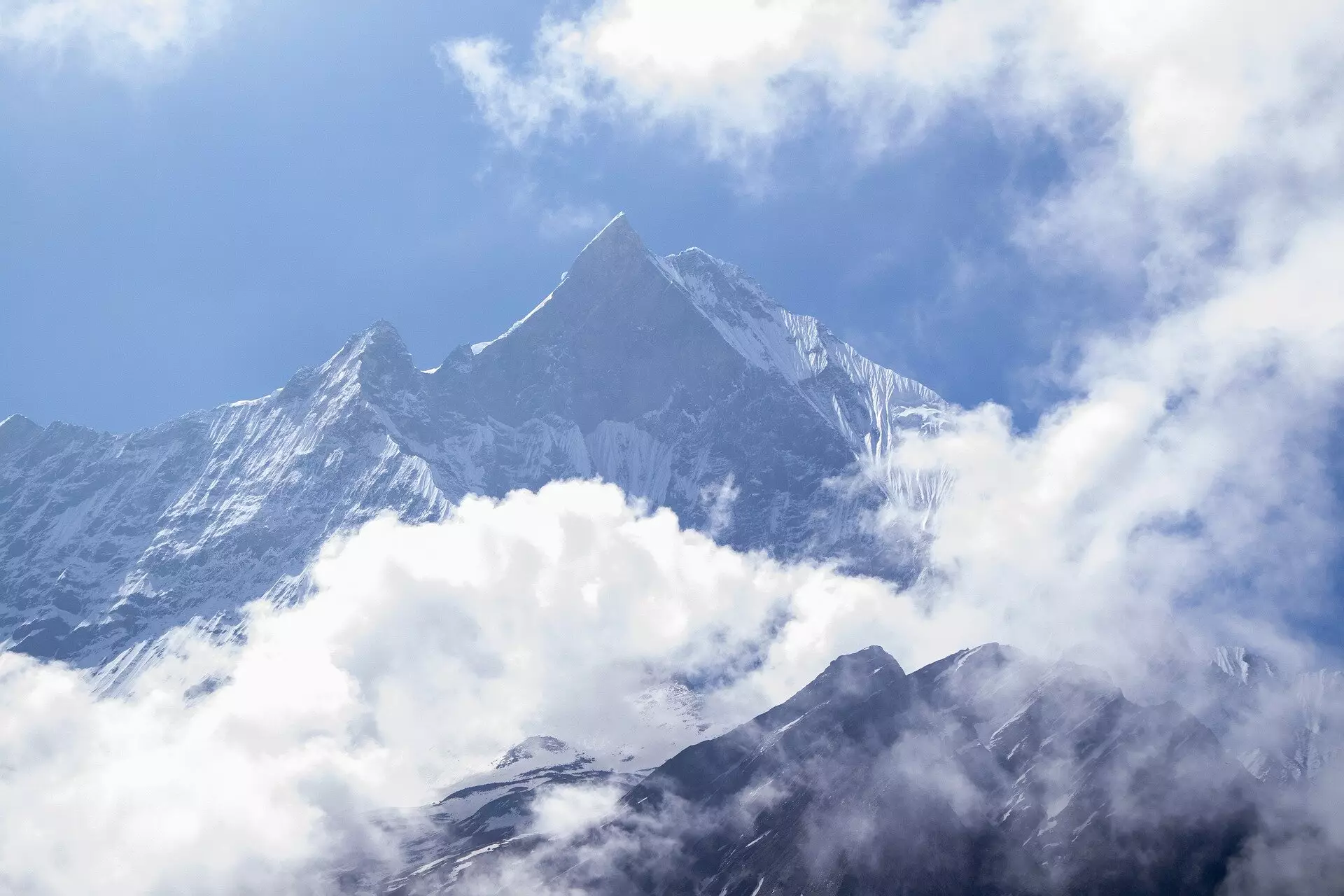Mount Everest, the unrivaled pinnacle of our planet, stands as a testament to nature’s grandeur. Towering at a staggering 8,849 meters, it is not merely a static landmark but an ever-evolving part of Earth’s geological landscape. Recent studies, particularly one published by UCL researchers in *Nature Geoscience*, illuminate how erosion from a distant river gorge contributes to its remarkable height. This new insight alters our understanding of not just Everest, but mountain formations and geological dynamics as a whole.
Leading this inquiry is the identification of a river gorge about 75 kilometers away, which is relentlessly sanding down the Earth surrounding Everest. As this river network carves away at the landscape, it results in a loss of material that, paradoxically, prompts the mountain to rise further. Remarkably, researchers have estimated that Everest has experienced an increase in height by 15 to 50 meters over the last 89,000 years.
This process is driven by isostatic rebound—a fascinating phenomenon in which the Earth’s crust rises in response to reductions in weight caused by erosion. When rivers like the Arun wash away vast amounts of sediment, the pressure on the crust decreases, allowing it to buoy upwards, akin to a boat floating higher when it loses cargo. This intricate dance between erosion and uplift suggests that the talons of geological time can reshape the very formation of our highest peaks.
Everest’s unique stature among the Himalayas sets it apart from its closest rivals—K2, Kangchenjunga, and Lhotse. The elevation differentiates these giants by only about 120 meters, yet Everest rises a remarkable 250 meters taller than any other peak. Such an anomaly can significantly be attributed to the intricate interplay of geological forces at work in the region. The consistent upward force combating the erosive forces has made Everest’s height a dynamic variable rather than a fixed constant.
As noted by Adam Smith, one of the co-authors of the UCL study, this ever-growing monolith has a way of captivating human imagination. The story of its ascension is one enshrined in both myth and science, illustrating how the very ground beneath our feet carries the weight of centuries and millennia of geological evolution.
One cannot overlook the rivers themselves, particularly the Arun and its eventual merge with the Kosi river system. The switching of river paths—termed “drainage piracy”—has ramifications that extend far beyond mere water flow. By redirecting the river’s course, a more robust erosive capacity has been unleashed, leading to increased sediment removal from surrounding areas. This extended reach has accelerated the isostatic rebound that allows Everest to soar higher.
Interestingly, the configuration of these rivers is essential in determining the rate of uplift experienced by neighboring peaks as well. While Everest is the focal guest of this discussion, mountains such as Lhotse and Makalu also gain height due to similar geological processes. The intimate relationship between these colossal formations reveals a tableau of interconnectedness that speaks to the myriad forces shaping our world.
With technological advancements such as GPS, scientists are now equipped to measure the annual growth of Everest with precision—at a rate of approximately two millimeters per year. This data not only helps clarify Everest’s current state but also lays a groundwork for future predictions regarding its evolution. As these monitoring capabilities improve, researchers can forecast how changes in erosion rates, river dynamics, and climatic factors may further influence Everest and its towering neighbors.
Dr. Matthew Fox emphasizes that Everest and other prominent peaks are continuously in a state of transformation, with isostatic rebound outpacing erosion’s detrimental effects. This ongoing rise poses intriguing questions about the long-term stability of their heights in an era highlighted by climate change and environmental variation.
The findings surrounding Mount Everest’s height fundamentally reshape our understanding of geological processes and solidify its status as a symbol of nature’s ceaseless vigor. By revealing the mechanisms of erosion and uplift, we gain insights not only into the mountain itself but into the very processes that choreograph the Earth’s surface. As Everest continues to grow, it stands not merely as a challenge for climbers but as a reminder of the dynamic forces of nature relentlessly at play—a mountain in perpetual flux, echoing the tales of time itself.


Leave a Reply